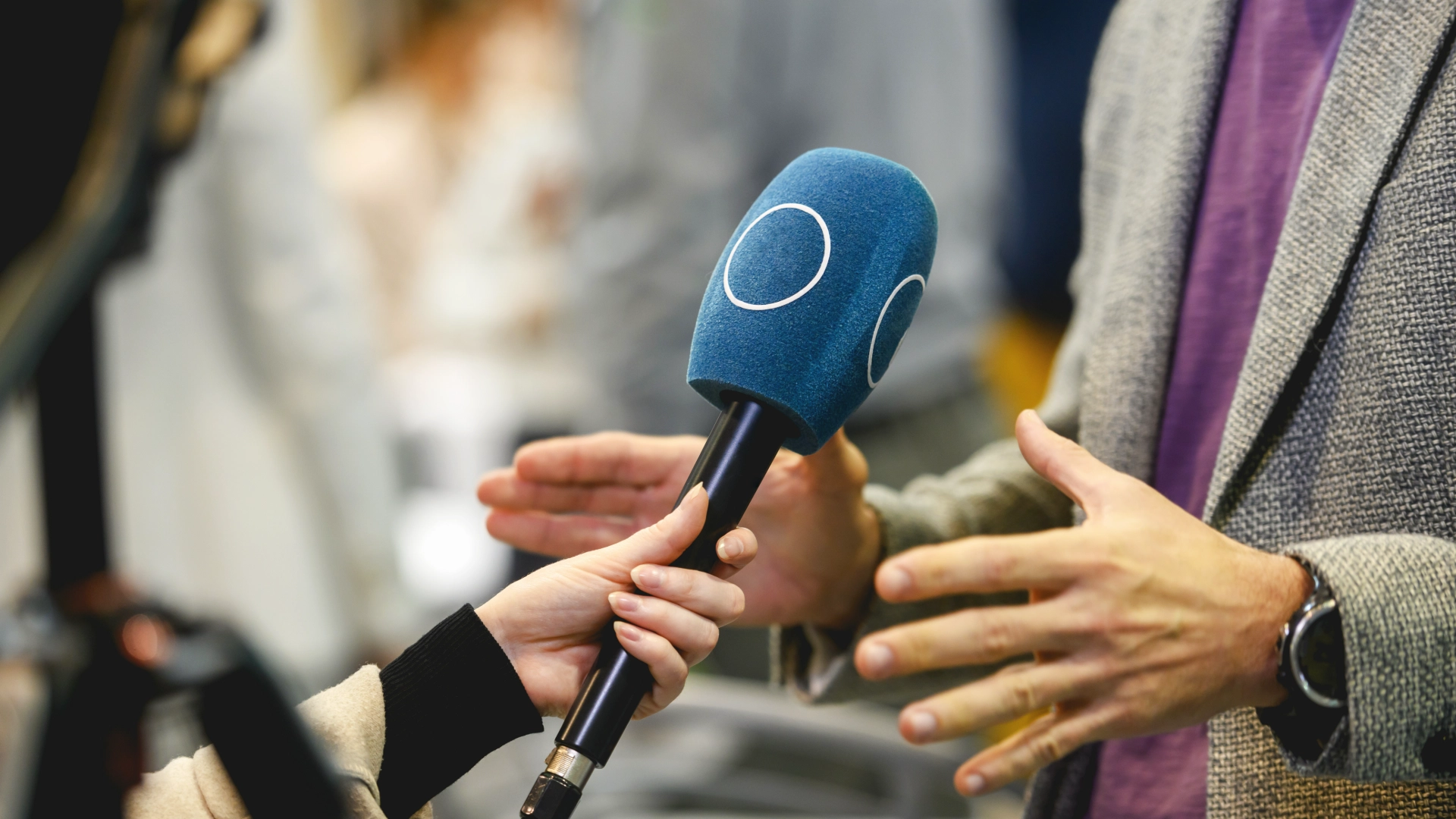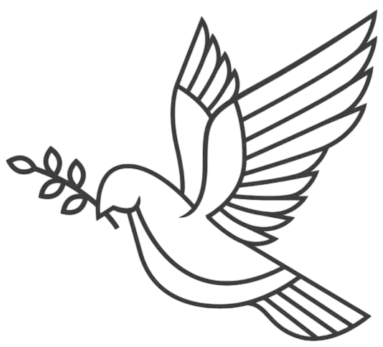
The Gateway Re-Imagined
Originally published in Utah Business Magazine.
When my daughter got her driver’s license I remember asking her if she could find her way around town. She turned to me with a confident smile and said, “I know how to get to The Gateway.”
Her answer spoke volumes. A 16-year-old, newly minted driver, who lived in the suburbs of Salt Lake City, knew the directions to a downtown shopping destination eight miles away. The Gateway was THE place to go and she had found it.
A lot has changed in the intervening years. The Gateway today is a shadow of the gathering place it once was. Thankfully, Phoenix-based developer Vestar recently purchased the property and will invest $30 million to support an inspiring vision. I couldn’t be more exited to welcome Vestar to town.
Vestar enters this market with impressive credentials. It operates 24 million square feet of property and has been an industry leader for 25 years. They operate 12 regional centers in nine western states and have a proven record of success. They are 100 percent retail driven and specialize in open air concepts. Their plans call for a three-year re-imagining of The Gateway that will make Salt Lake City more “hip, social and fun.” Let the transformation begin!
A little history is helpful as we consider The Gateway’s new trajectory. In the late 1990s, retail in downtown Salt Lake City was in rapid decline. The construction cones from the rebuild of I-15 deterred downtown travel. Interstate 15 was limited for a time to two lanes in each direction. TRAX light rail construction took longer than expected and gutted Main Street. Two dated fortress malls – Crossroads and ZCMI Center – were slowly dying. Utah’s urban center was suffering.
The late Salt Lake City Mayor Deedee Corradini and Boyer Company had a vision for a mixed-use development in Salt Lake City. They negotiated the removal of rail lines and the shortening of the viaducts entering the city. The Gateway was born on the acreage of this brownfield site. Retail activity in downtown Salt Lake City got a second life.
During The Gateway’s glory years it was the place to be. Theaters, popular restaurants, one-of-a-kind retail, housing, and large employment centers created a dynamic urban gathering place. It had a vibe. Its proximity to the Jazz arena, children’s museum and planetarium made it even more attractive. The transportation connection via FrontRunner commuter rail, TRAX light rail, and major freeway interchanges could not be beat. The Gateway was vibrant, urban, and fun. My family loved the place.
While many believe The Gateway’s downfall was the development of the remarkable City Creek Center in the core of downtown, it’s actually not that simple. The Boyer Company sold a good share of The Gateway to an out-of-state company. The Gateway was the only game in town for over a decade and reaped tremendous profits during this time. Many believe these profits could have been reinvested in the property to keep it competitive and differentiated from City Creek. Instead, deferred maintenance problems continued to grow.
During this time The Gateway also benefitted from a public vote that brought new TRAX lines and FrontRunner from Utah County to the property. The Church of Jesus Christ of Latter-day Saints also made decisions that benefitted the property, including repurposing of the Triad Center, which flanks The Gateway property and was in decline. The LDS Church relocated the BYU Salt Lake Center, Deseret News, and other functions there, bringing thousands of students and employees to the area.
In the end, the competition from City Creek, Station Park, Fashion Place and Internet shopping proved too great. The Gateway was in receivership when Vestar purchased the property last year.
I recently attended a gathering hosted by the Downtown Alliance where Vestar president David Larcher and vice president Jenny Cushing shared plans for the property. Attendees included council members from Salt Lake City and County Councils, the Boyer Company, business leaders, residential developers and major employers near The Gateway. Importantly, the general manager of City Creek Center, Linda Wardell, attended and shared her enthusiasm for the project.
Vestar shared their plans to make The Gateway a year-round destination by creating a new social hub for Utah’s millennials and visitors. The re-imagined property will be adorned with free public wireless, public art, distinctive furniture, great dining, textural landscape, and digital signage with real-time transit schedules. Yoga on the park and a new ice rink will be a part of the property, as will a new performance stage for concerts. These and other amenities will help create an active urban environment.
The development will not be without challenges. Security questions created by the proximity to homeless services will need to be resolved. We all know Utah can do better in this regard. A safe and secure environment will be key to the project’s success.
I’m enthusiastic about Vestar’s vision for The Gateway. My daughter no longer lives in state, but when she visits I’m confident she will be drawn to a renewed Gateway experience. I thank Vestar for their confidence in this community. Let’s rally to support their grand vision.

